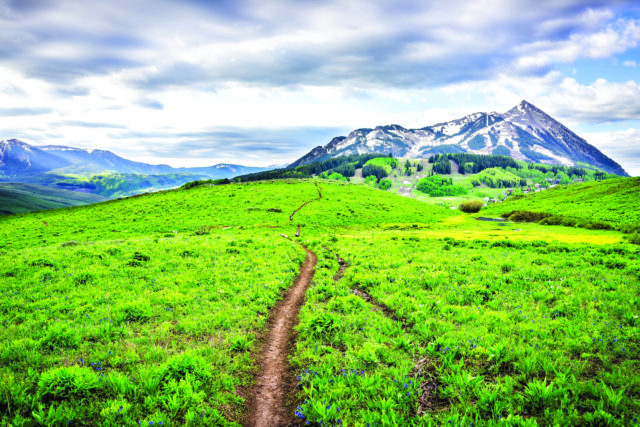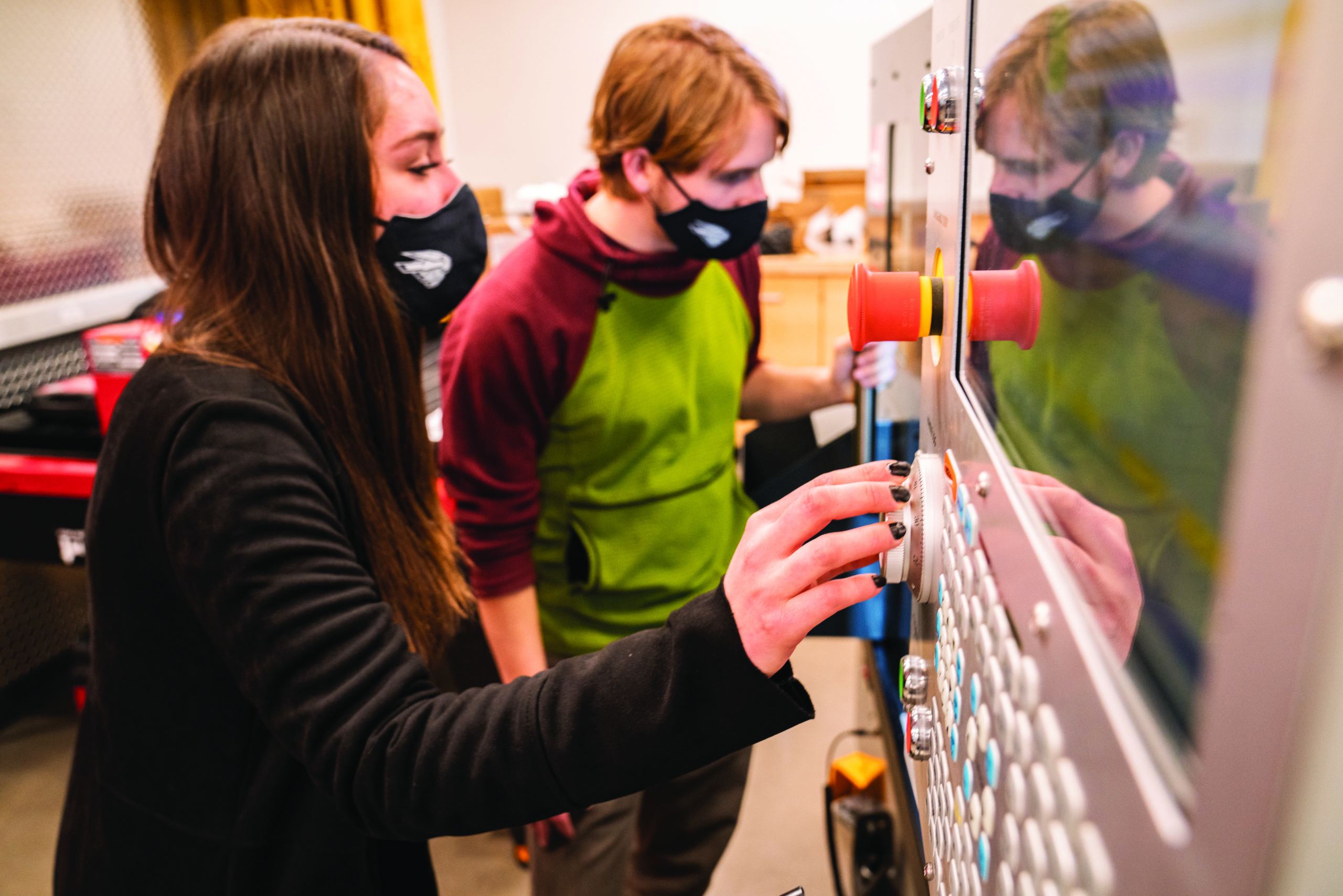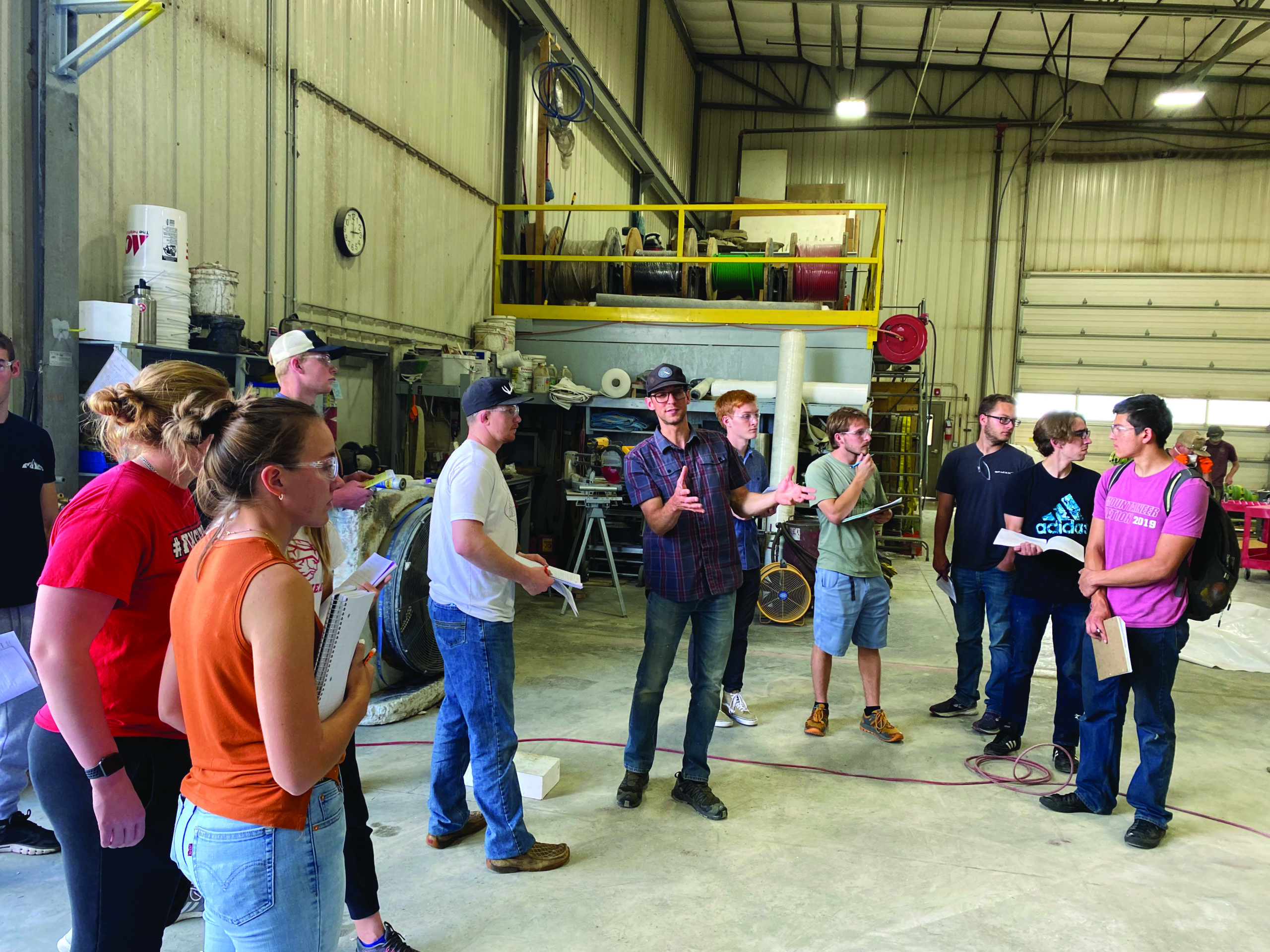
The Gunnison Valley is one of the best places to live in Colorado if you’re inclined to do things outside. There are the Elk Mountains with world class mountain biking trails, hiking and skiing; the Gunnison River and Blue Mesa Reservoir offer all kinds of opportunities for paddle boarding, kayaking, rafting, boating and fishing; and of course you’ve got Western Colorado University’s (WCU) first-in-the-nation Outdoor Industry Master of Business Administration (MBA) program, where students are turning their passion for the outdoors into careers in the outdoor industry.
And thanks to a new partnership between CU Boulder, Western Colorado University and the outdoor gear review website Blister, those students won’t just be studying the industry. They’ll actually be contributing to its evolution by answering some of the most gear-head-y technical engineering questions the outdoor industry faces today.
“It’s such a great opportunity for students,” says Jeni Backlock, director of and the partnership between CU Boulder and WCU, and the Paul M. Rady School of Computer Science and Engineering laboratory on the WCU campus. She explains that students attending WCU can take classes in computer science and engineering and get their degree from CU. The classes are smaller, the sports recreation opportunities are plentiful, and students get to utilize resources from two different universities, she says.
“If this partnership had existed when I was an undergrad I would have been here in a second,” Backlock says. “I’m able to directly hook my students up with internships and try to link them to careers that I think would be best for them.”
Jonathan Ellsworth, a Crested Butte local and founder of Blister, saw the value in that partnership—and in it, a massive opportunity to stomp on the gas pedal of the outdoor industry.
“I’ve always been interested in seeing how Blister could integrate with Western,” Ellsworth says. And as he learned more about the partnership between CU and WCU and the Rady Program, an idea began to form in his mind: of Blister joining forces with the partnered universities to take gear testing and gear reviews to a whole new and far more technical level.
“That’s when I presented the idea that we could create this thing—with Blister on the one hand and on the other, the world’s first outdoor industry engineering program,” Ellsworth says.
Thus was born Blister Labs.

“We have students reaching out left and right about doing a mechanical engineering degree program and [asking about] getting a master’s in the outdoor industry,” Backlock says. “They’re wanting to be in this realm, in this outdoor industry. And so we’re providing them with research opportunities, internship opportunities and [more].”
Students will be designing tests around questions that Ellsworth and his team at Blister come up with. From their vantage within the outdoor industry, Blister identified some of the most pressing conundrums facing consumers. Questions like: Are carbon wheelsets really worth the extra cash? How do fluorocarbons hinder the performance of waterproof apparel? And how do the damping properties of different skis from different brands compare when they’re third-party tested?
That’s just where they’re getting started.
Blacklock explains her students will use high-tech camera systems to examine force dissipation and compare the durability and stiffness of different bike wheels. They’ll be creating brand-new, consumer-friendly ratings for water resistance and breathability in apparel; and standardizing things like flex ratings for ski boots—which currently (and bafflingly) has no universal standard of measurement.
“We’re designing and prototyping and then building [static testing systems] out,” Blacklock says. “So there’s those mechanical and electrical aspects and then also a lot of it’s about data collection and data collection over time and data analytics.”
Those data and data analytics will then be merged with the long-form, in-depth, multi-condition-tested, real-world, brutally honest gear reviews with which Blister has seared its name into the industry. Ellsworth sees it as the perfect marriage between data-driven quantitative analysis and human-tested qualitative assessment. Blister will then publish those reports online for consumers to get a full picture of specific pieces of gear and the larger questions Blister Labs’ results speak to.
“For passionate outdoor people literally around the world, I think we’ve got an opportunity to make a very big impact on this global outdoor industry and it’s all going to happen right here in the Gunnison Valley,” Ellsworth says. “That’s really exciting and feels right to me.”

Ellsworth notes that this kind of testing has been going on within the outdoor industry for some time—just behind closed doors. Many big brands conduct this kind of high-tech testing internally as they’re designing products. The results, however, aren’t published publicly. Results from Blister Labs’ testing will be public—and they’ll be just as scientifically rigorous, if not moreso.
To Ellsworth, that is the most important component of this entire program.
“From the Blister side of this, I’m not interested in this being some sort of purely intellectual exercise . . . The result of this is going to be very high-level, independent third party information going out to consumers,” Ellsworth says. “I want to find meaningful data to help consumers make better educated decisions.”
Blister will be talking about its developments and progress on these tests in a regular “Blister Labs” episode of its hard-core-gear-nerd podcast GEAR:30, which Ellsworth is really looking forward to. He says there’s undoubtedly going to be some good discussions (and possibly debates) between the CU/WCU scientists and the Blister testers when the lab’s results don’t exactly match what field testers found and vice-versa.
“I can’t wait for some of these arguments, some of these disagreements,” he says. “If we’re finding areas of disagreement, I’m looking forward to making those conversations public because I think we’re now bringing engineering into the realm of [non-technical] people who are actually mountain bikers and skiers.”
For her part, Blacklock is thrilled to be spearheading this new venture into outdoor industry engineering and testing. Google the phrase “outdoor industry engineering university program” she says—you won’t find any other results. This three-way partnership is truly forging a new arena for consumer-facing research. And, for that matter, a new area of academic research.
“It’s really about changing the [outdoor] industry but also about changing any field in academia,” she says. “Which is really exciting.”
Ellsworth is likewise eager to see where Blister Labs takes them. As a self-described gear-nerd, he’s always craved this level of technical analysis and practical product review—but he didn’t have the lab, the engineers, or the university resources to do it right.
Until now.
“I’m really excited about the idea that we’re going to bring the discipline of engineering into the everyday conversation of outdoor enthusiasts,” Ellsworth says. “That just seems like a cool thing.”














